Bluebells are among the most beloved wildflowers in the world, famous for transforming woodlands into breathtaking carpets of blue and violet every spring. Their delicate, bell-shaped blooms and sweet fragrance have made them a favorite symbol of renewal and natural beauty in many cultures.
But beyond their ornamental appeal, have you ever wondered which country produces the most bluebells? While these flowers grow naturally in several parts of the world, one country stands out as the largest and most significant stronghold for native bluebells: the United Kingdom.
In this article, we’ll explore the story of the bluebell, its ecological importance, global distribution, why the UK dominates in bluebell coverage, and the conservation efforts to protect these delicate plants for generations to come.
A Brief Introduction to Bluebells
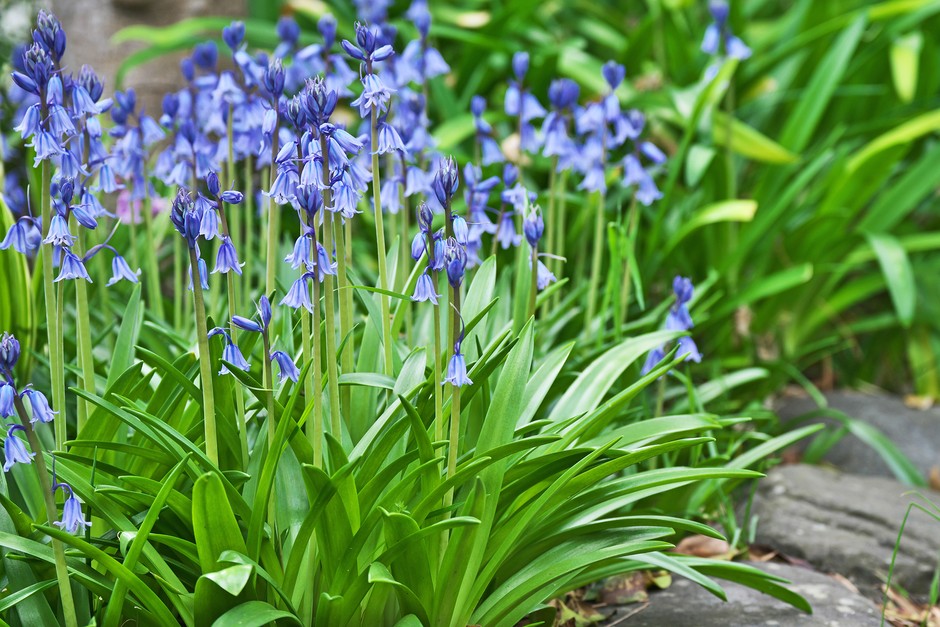
Bluebells belong to the genus Hyacinthoides, with several species native to parts of Europe and the Mediterranean. The most famous and widely recognized species is the native British bluebell (Hyacinthoides non-scripta), known for its deep blue, nodding flowers and strong, sweet scent.
There are three main species commonly referred to as bluebells:
- Hyacinthoides non-scripta (native British bluebell)
- Hyacinthoides hispanica (Spanish bluebell)
- Hyacinthoides × massartiana (a hybrid of the two)
These flowers thrive in moist, shaded woodlands and hedgerows, typically blooming from mid-April to late May.
Where Do Bluebells Grow Naturally?
Bluebells are native to:
- The British Isles
- Western Europe (including northern France, Spain, Belgium, and parts of the Netherlands)
- Portugal
- Small sections of western Germany
While they grow naturally in these regions, none rival the density, spread, and ecological importance of bluebells in the United Kingdom.
Why Is the United Kingdom the Largest Bluebell Producer in the World?
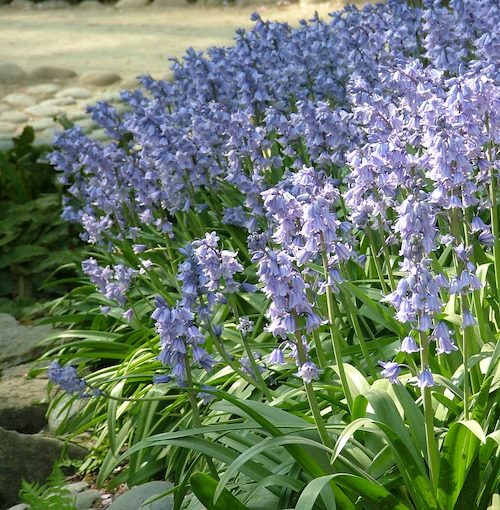
1. Ideal Growing Conditions
The UK’s mild, moist climate and extensive network of ancient woodlands provide perfect conditions for bluebells to thrive. These flowers prefer shaded environments under deciduous trees, where they bloom before the forest canopy fully develops.
2. Rich Ancient Woodland Heritage
The United Kingdom has one of the highest concentrations of ancient woodlands in Western Europe — woodlands that have existed for several centuries. Bluebells are often considered an indicator species of ancient woodlands, meaning their presence suggests that the area has been continuously forested for hundreds of years.
In spring, these forests — such as those in Surrey, Kent, Sussex, and the Lake District — become home to vast, uninterrupted carpets of native bluebells.
3. Strong Cultural and Conservation Commitment
In the UK, bluebells are more than just wildflowers — they are a cherished part of the national landscape and cultural identity. Because of their importance, the British bluebell (Hyacinthoides non-scripta) is protected under UK law. It is illegal to dig up bluebells in the wild or trade in wild-collected bulbs without proper licenses.
Conservation charities like the Woodland Trust and Plantlife actively protect and manage bluebell-rich woodlands, ensuring that these flowers remain a natural treasure for future generations.
4. Global Share of Bluebells
The UK is estimated to be home to over 50% of the world’s bluebell population. Nowhere else on Earth do bluebells grow with such abundance and coverage as they do in Britain’s ancient woodlands.
Global Bluebell Production Overview
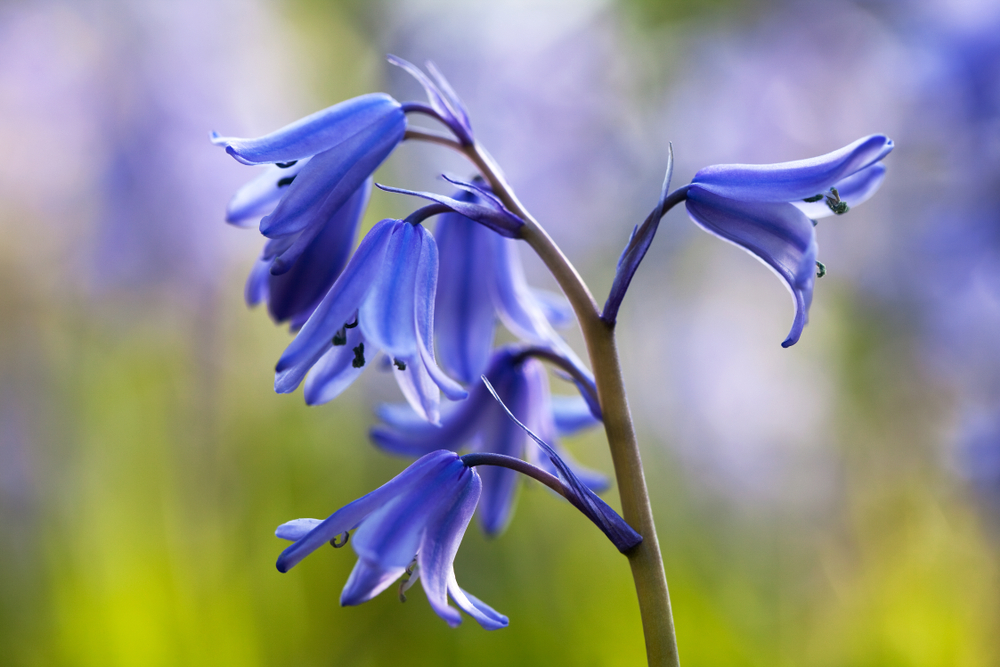
| Country | Role in Bluebell Growth |
|---|---|
| United Kingdom | Largest concentration of native Hyacinthoides non-scripta, covering over half of the world’s population |
| Spain & Portugal | Native range of Hyacinthoides hispanica (Spanish bluebell) |
| France, Belgium, Netherlands | Scattered wild and ornamental bluebell growth |
| United States & Canada | Non-native; cultivated ornamentally in gardens |
While bluebells are admired globally, the UK remains the heartland of native bluebell woodlands.
Ecological Importance of Bluebells
Bluebells play a vital role in woodland ecosystems:
- Early-season nectar source for pollinators like bees, butterflies, and hoverflies.
- Help form a dense spring ground cover, which suppresses competing weeds and helps maintain soil moisture.
- Support native biodiversity by forming part of a complex woodland ecosystem.
Bluebells in British Folklore and Culture
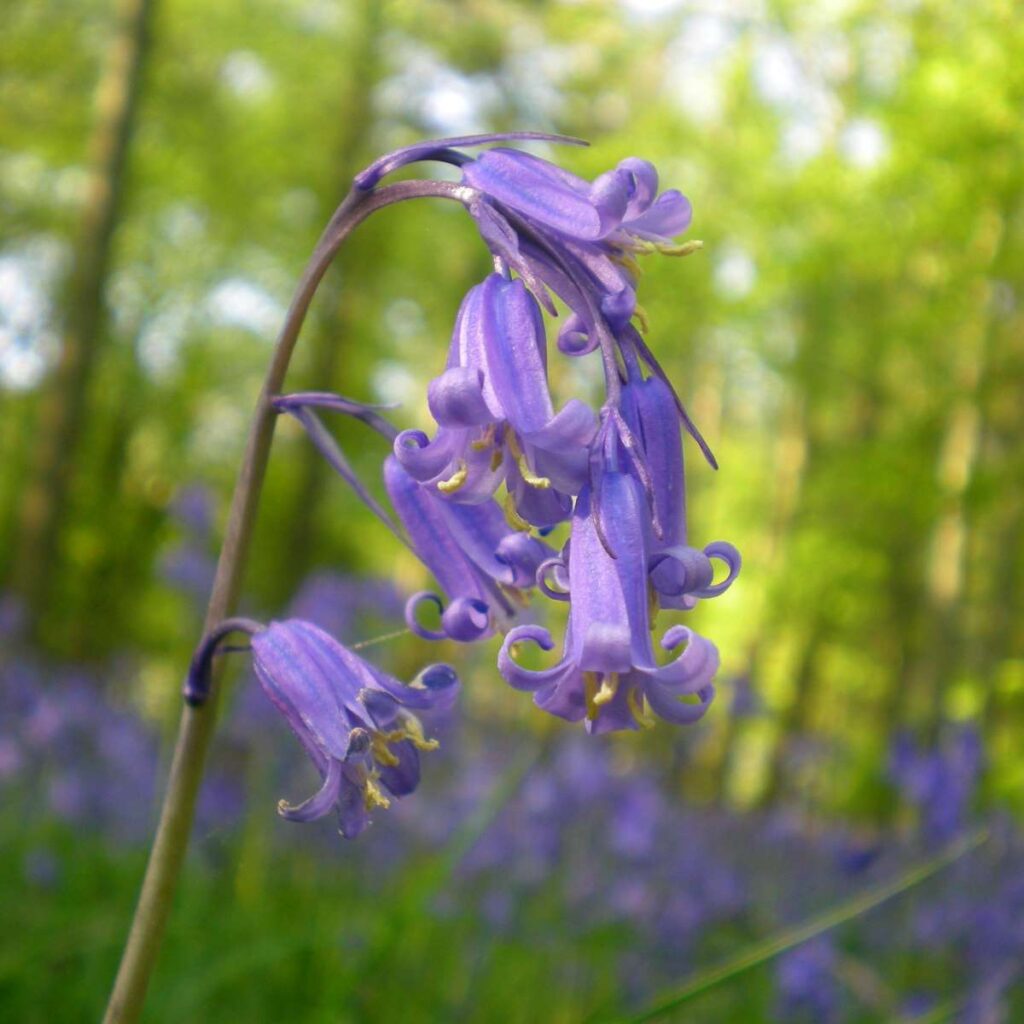
In British folklore, bluebells were often referred to as “fairy flowers.” It was once believed that fairies used bluebell glades to summon each other or cast spells on unwary humans who ventured into the woods.
In literature and poetry, bluebells have symbolized humility, gratitude, and everlasting love. Writers like Gerard Manley Hopkins and Emily Brontë immortalized the charm of bluebell woods in their works.
Today, visiting bluebell woods in spring is a beloved British pastime, with families and nature lovers flocking to see these ephemeral displays.
Threats to Native Bluebells
Despite their beauty and popularity, native bluebells face several threats:
Trampling and Habitat Loss
Uncontrolled footfall in bluebell woods can damage the delicate plants, as bluebells are slow to recover once disturbed. Habitat loss due to urban development has also reduced some bluebell populations.
Hybridization
Introduced Spanish bluebells (Hyacinthoides hispanica) and their hybrids pose a significant threat by cross-breeding with native species, leading to the genetic dilution of pure Hyacinthoides non-scripta.
Climate Change
Changing weather patterns may alter the flowering times and growing conditions for bluebells, potentially affecting their long-term survival.
Conservation Efforts to Protect Bluebells
The UK has implemented several measures to protect its bluebell heritage:
- Legal Protection: Under the Wildlife and Countryside Act 1981, it is illegal to uproot wild bluebells or trade them without proper authorization.
- Ancient Woodland Protection: Conservation organizations work tirelessly to safeguard ancient woodlands from development and destruction.
- Public Awareness Campaigns: Initiatives encourage responsible visiting of bluebell woods, urging visitors to stick to marked paths to avoid trampling the flowers.
Popular Bluebell Woods to Visit in the UK
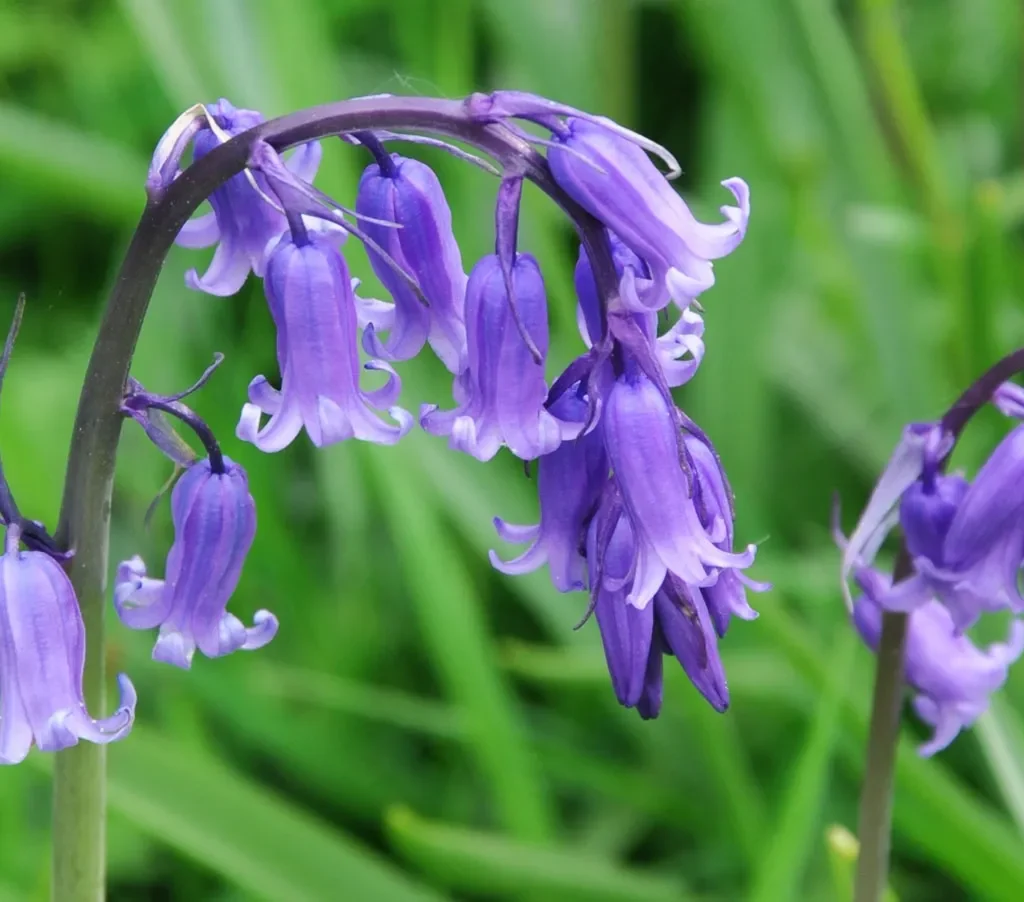
If you’re hoping to experience the beauty of a bluebell carpet in full bloom, these are some of the UK’s best-loved locations:
- Ashridge Estate, Hertfordshire
- Hallerbos (the Blue Forest), Belgium — the only non-UK site of comparable bluebell displays
- Micheldever Woods, Hampshire
- The Lake District
- Pembrokeshire Coast National Park, Wales
- Kew Gardens, London
Conclusion
So, which country is the largest bluebell producer in the world?
Without question, the United Kingdom holds that title. With over half of the global population of native bluebells within its borders, the UK’s ancient woodlands offer an irreplaceable refuge for these stunning flowers. Their ecological, cultural, and aesthetic significance has made them a cherished symbol of British natural heritage.
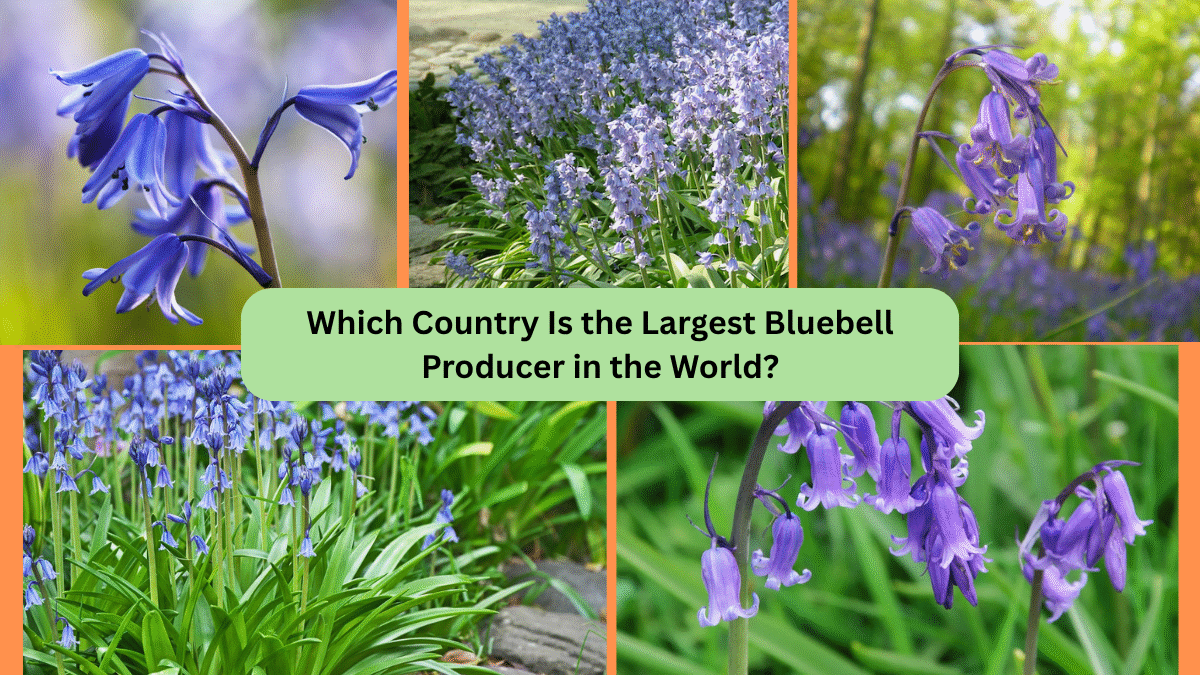



Leave A Comment